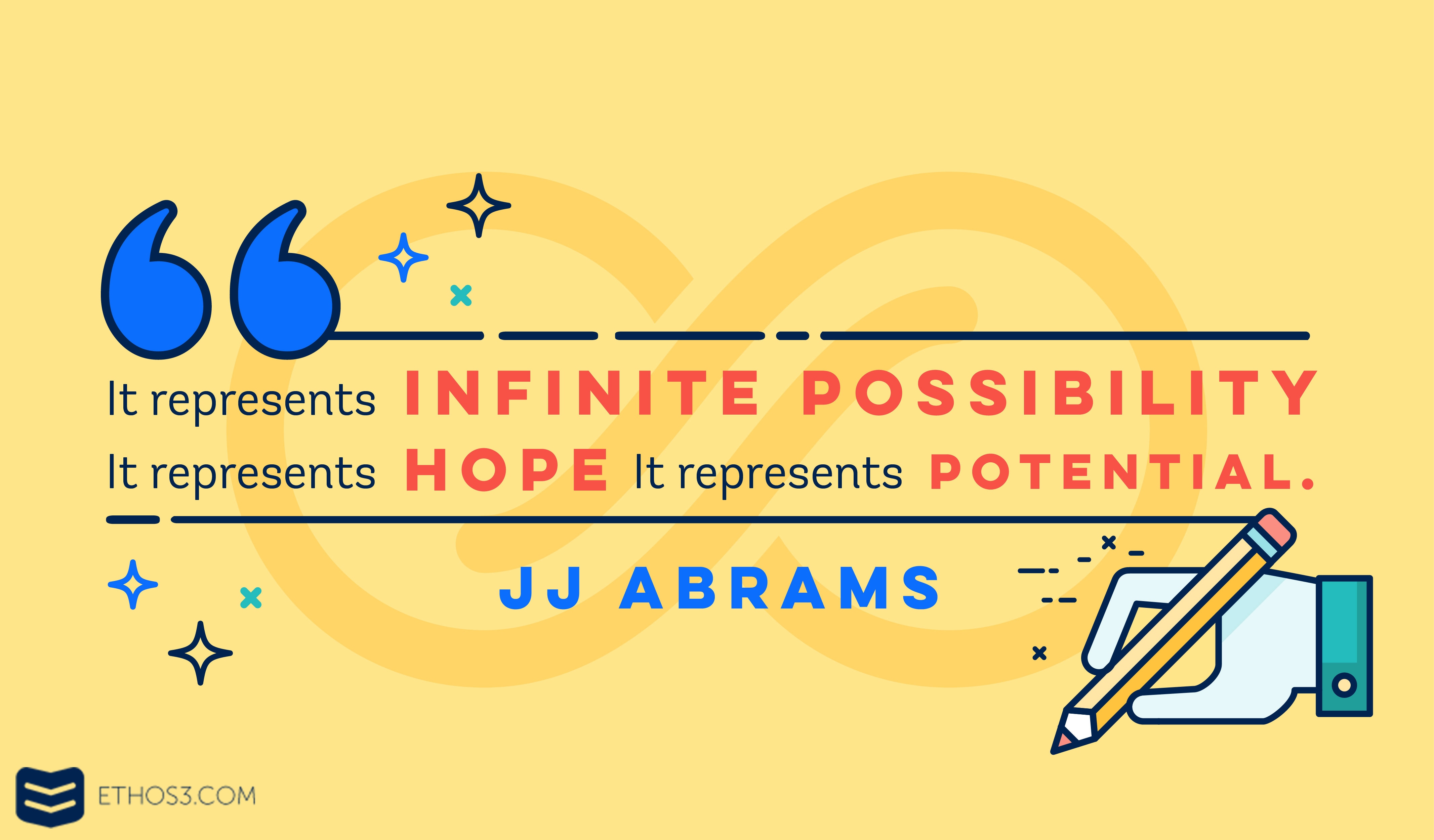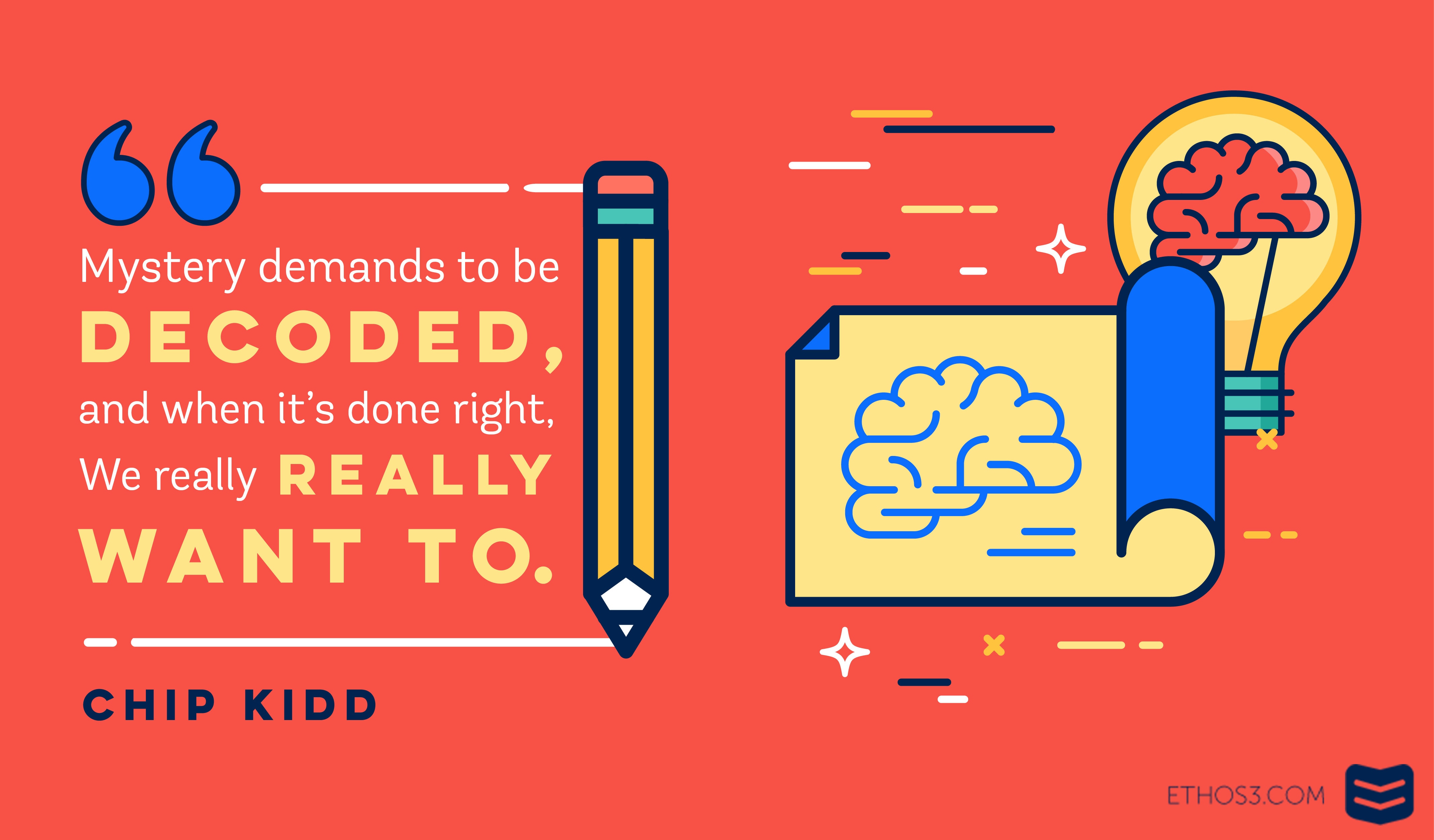Tips from TED
When we think of first impressions, images of nerve-wrecking job interviews and frightening first dates come to mind. What did you do before your first interview or date? I’ll wager that you spent an inordinate amount of time selecting the perfect outfit, obsessing over the perfect topics to discuss and statements to say, and practicing the perfect smile and body language to ensure that you would put your best foot forward. Presentations can feel like first interviews and dates. You should dress appropriately, know your message, and practice your verbal and nonverbal behaviors. In addition to those tasks, however, a successful presenter will think about the most effective way to draw the audience into his/her message from the beginning and making that positive first impression. Graphic designer Chip Kidd recently presented a TED Talk called The Art of First Impressions – in Design and Life, where he laid out two approaches to consider when contemplating ways to hook your audience: clarity and mystery.
1. Clarity
Sometimes, a presenter may find it more beneficial to open a presentation bluntly – getting right to the point, the problem. For more technical information that audiences absolutely need to not only know, but also understand, clarity serves as a succinct and powerful tool to advance your bigger message and transition to the meat of your presentation – the solutions. Kidd uses the comparison between laminated flight safety pamphlets and urban walking meters to address the importance of clarity and reducing the time necessary for people to dissect and digest your message. Implement descriptive language to enhance clarity and increase audience retention and recall of your message. For example, instead of describing a concept with abstract nouns like “hope” and non-action verbs like “want,” use concrete nouns such as “light” and action verbs like “search.” Action verbs and concrete nouns aid the brain in the visualization process.
2. Mystery
You could also utilize the flip side of the first impression coin, mystery, to take your audience on a journey through your presentation. In a TED Talk from the late 2000s, JJ Abrams explained that mystery had fueled all of his endeavors.

Our brains are programmed to constantly look for solutions and to close gaps. By opening your presentation with a mysterious element, whether that be through your words or visuals, your audience will likely become allured by the prospect of decoding your mystery. Allow them to discover the motivation behind your opening concept as you proceed through your talk. Crafting a mystery for your presentation can be as simple as opening with a story where you divulge some of the information, but leave out the rest, teasing the ending. For example, structuring your content mirroring the Hero’s Journey is a great way to engage the audience and provoke them to pay attention for clues as to how the story will end.

So, clarity and mystery. Which should you utilize in your next presentation? The answer depends on which tactic would provide the most value to your audience. For more ideas on how to incorporate these narrative strategies in your talks – and why you should in the first place – explore the resources below.